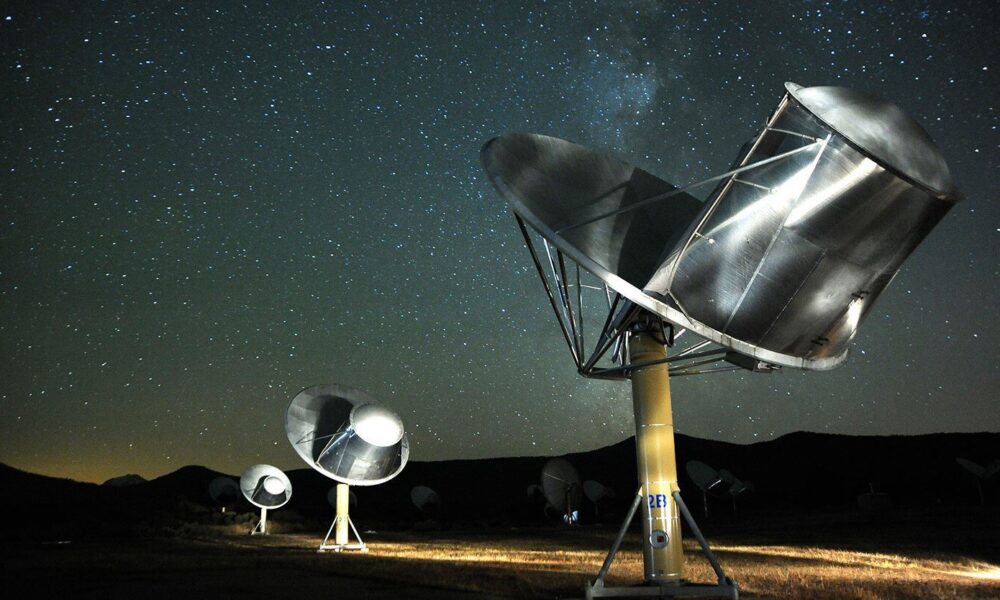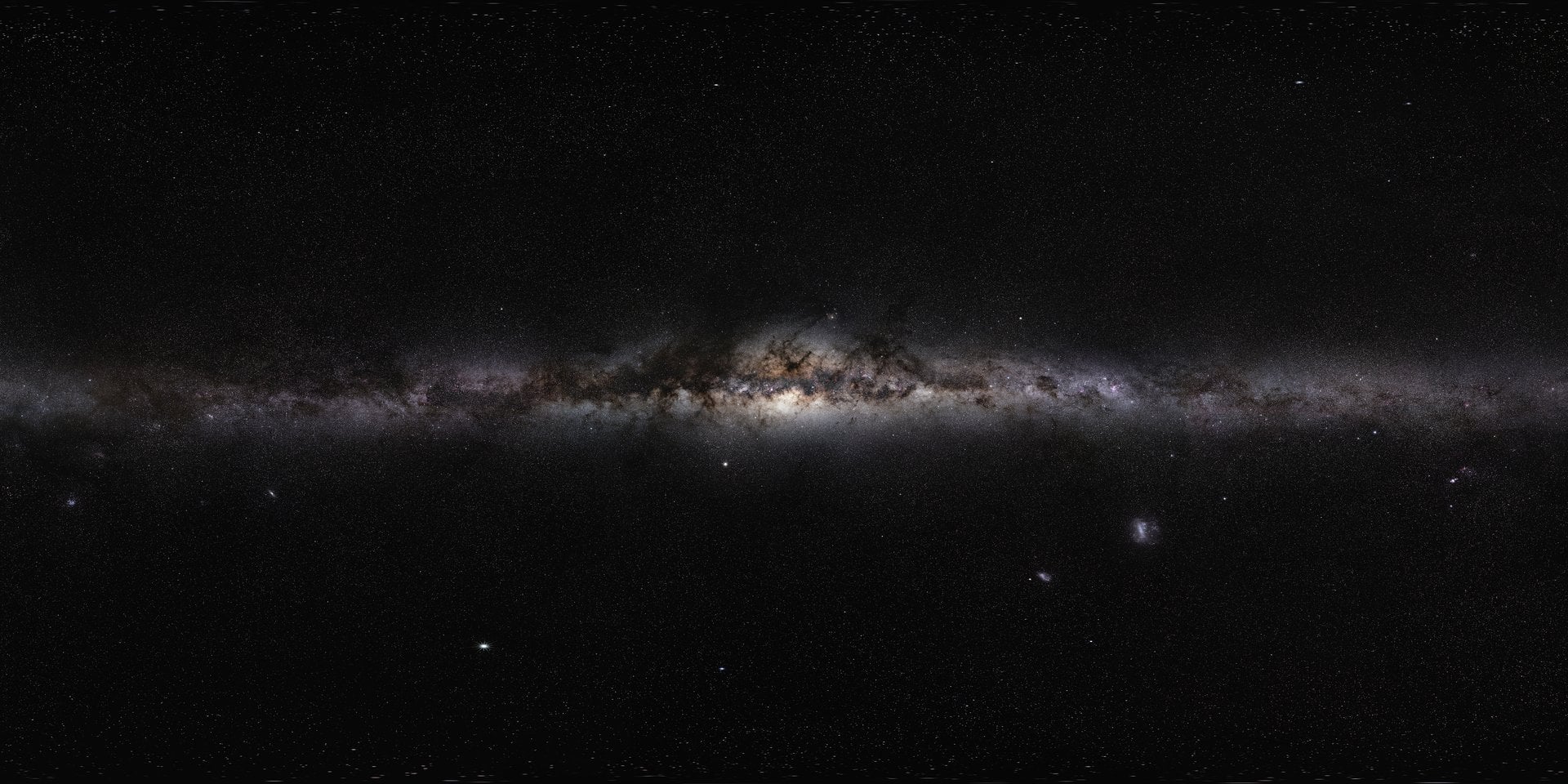The International Academy of Astronautics (IAA) is revising its protocols for responding to potential discoveries of extraterrestrial intelligence. This update, which was discussed and voted on at the 2025 International Astronautical Congress (IAC) in Sydney, aims to address the complexities and sensitivities of announcing such significant findings. The new guidelines are detailed in a pre-print paper available on arXiv and are anticipated to be fully adopted early next year.
This update represents the most substantial change in the 36-year history of SETI protocols. Originally established in 1989 with a “Declaration of Principles,” the guidelines were last updated in 2010, primarily to streamline existing protocols without introducing major changes. The latest revisions reflect a growing understanding of how to navigate the intricacies of modern communication and social media, particularly in regard to protecting researchers from potential online harassment following a significant discovery.
One of the most notable changes is the recommendation that researchers refrain from responding to a detected signal until the issue is deliberated at the United Nations. Previous versions had encouraged immediate replies to potential extraterrestrial messages, but the updated protocol emphasizes the importance of global discussion before taking any action. The paper clarifies that this recommendation does not alter the principles behind messaging extraterrestrial intelligence (METI), which involves proactively sending signals to nearby star systems. METI remains a controversial topic and does not yet have a formal set of governing protocols.
The revised SETI guidelines introduce more practical measures rather than strict regulations. They propose methods for verifying signals, storing collected data in two separate geographical locations, and ensuring that stakeholders have access to the information. If a signal is identified as electromagnetic—aligning with SETI’s original focus—the IAA suggests petitioning the International Telecommunications Union to allocate the bandwidth used for detection. This approach aims to minimize interference from human-made sources and provide legal avenues to address any disruption.
The updated protocols highlight the complexities that have arisen in the past fifteen years due to shifts in the political and social landscape, as well as advancements in technology. While no organization claims to have definitive answers regarding the response to a confirmed extraterrestrial signal, the IAA’s meticulous approach to revising these protocols over the last two years has been commendable.
Assuming the proposal passed the necessary majority vote in Sydney, the final step involves ratification by the IAA’s board. This will empower the sub-committee that developed the protocols to continue its vital work, potentially preparing humanity for a future where contact with alien intelligence becomes a reality.
For further details, refer to the work of M. A. Garrett et al. in their paper titled “SETI Post-Detection Protocols: Progress Towards a New Version.”







